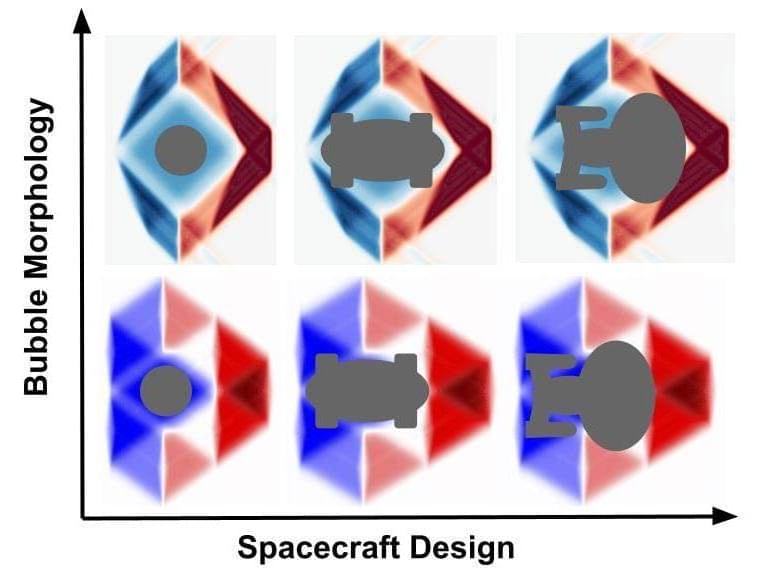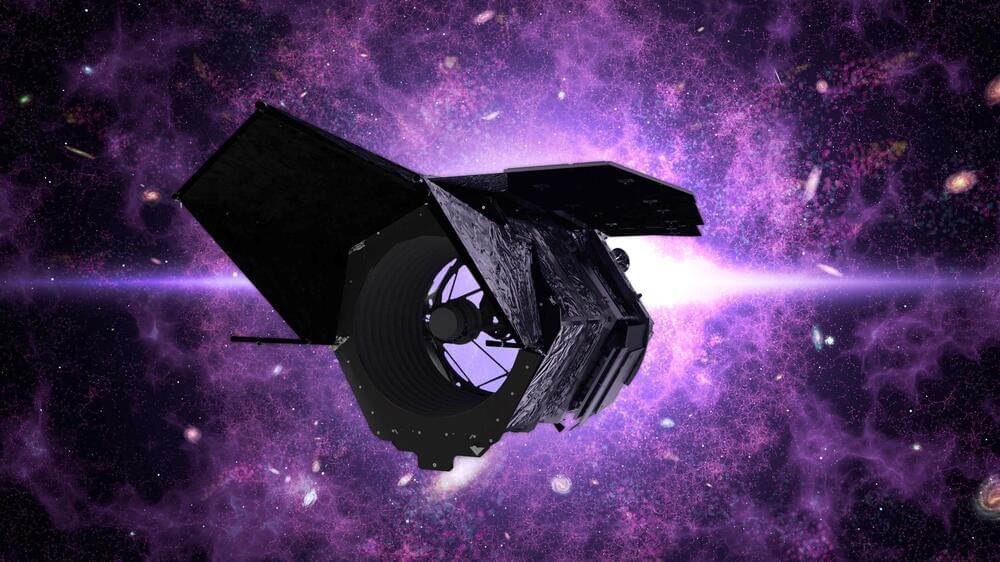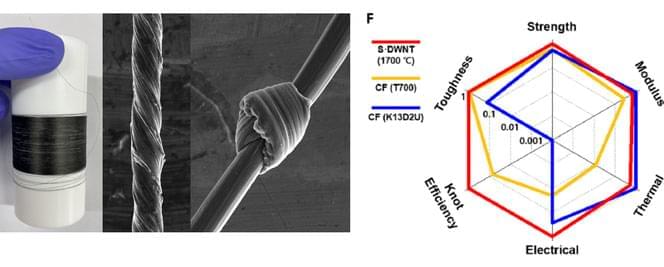Isro is currently working on several other missions as it looks to conduct its first human spaceflight launch with the Gaganyaan mission. (Photo: Isro)
Isro had in May this year successfully conducted a static fire test of the boosters that will power India’s maiden astronaut mission. While the four unnamed Indian Air Force officers continue to train for the mission, the ground qualification tests of launch vehicle propulsion stages have also been commenced and successfully progressing.
Being developed by Hindustan Aeronautics Limited, the Gaganyaan crew module will be the first indigenous spacecraft to take Indian astronauts into space and return them safely to Earth.








